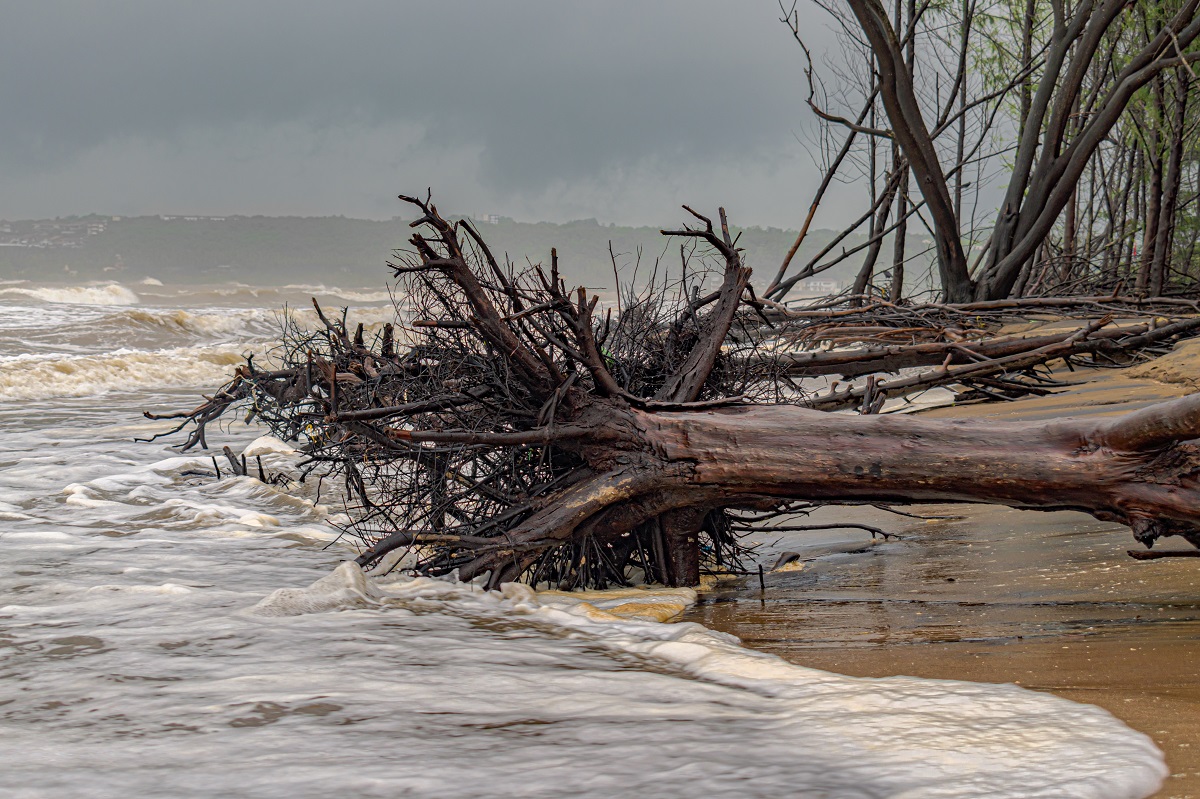In the fight against climate change, some states stand out for their innovative and aggressive approaches to sustainability. These states are pioneering efforts to reduce carbon footprints, enhance renewable energy usage, and protect natural resources, setting a standard for environmental stewardship.
1. California

California is a frontrunner in environmental regulations, boasting the highest number of renewable energy initiatives. Its aggressive goals include achieving 100% renewable energy sources by 2045.
2. Vermont
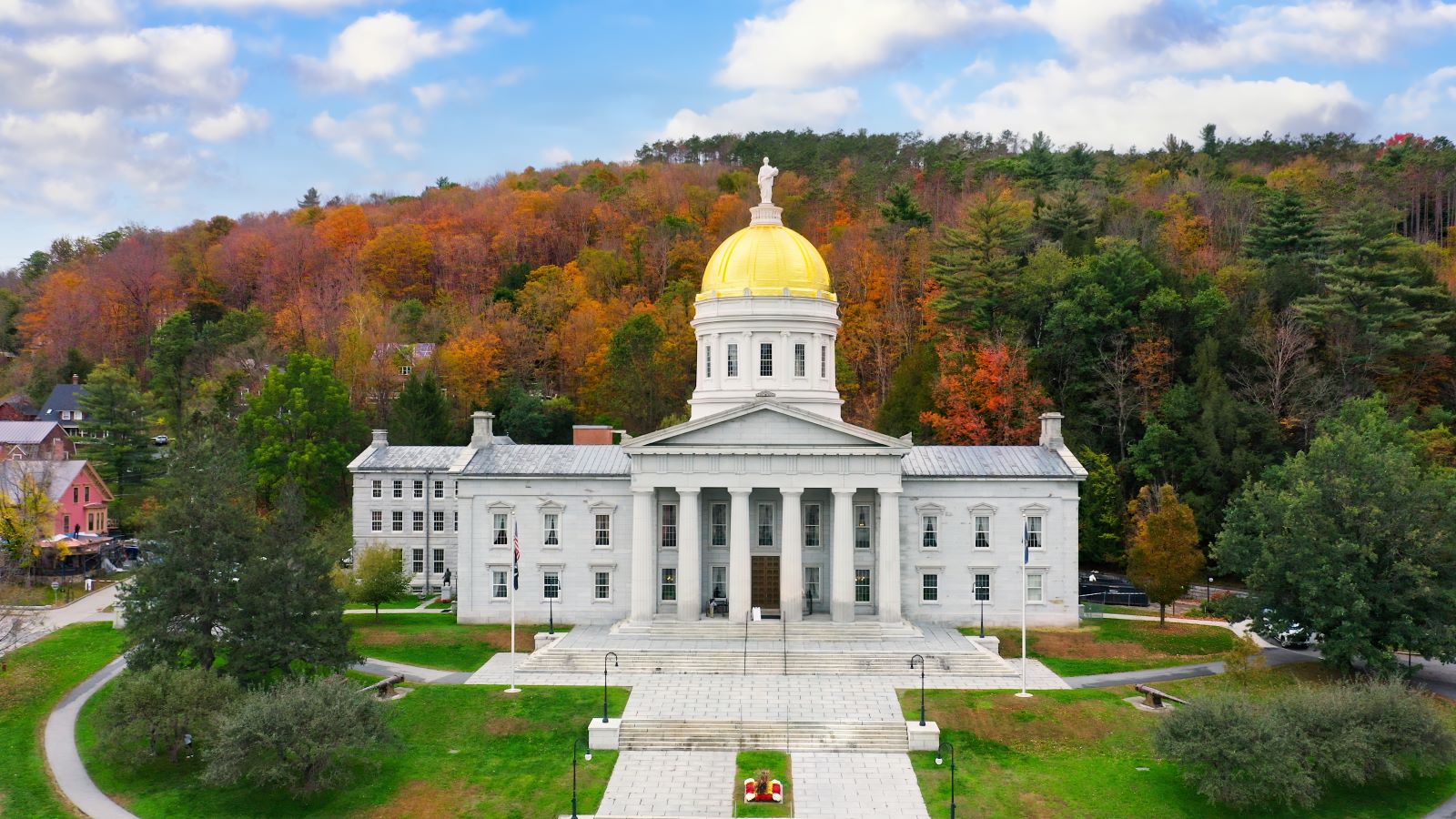
With its vast green spaces, Vermont is not just about idyllic landscapes. It’s a leader in energy efficiency and has one of the lowest carbon footprints per capita in the United States.
3. New York

New York has committed to significant sustainability initiatives, including the ambitious Clean Energy Standard, which mandates 70% renewable energy by 2030.
4. Oregon

Oregon’s commitment to preserving its natural beauty extends into its environmental policies. It has some of the most rigorous renewable energy standards and conservation statutes.
5. Massachusetts

Massachusetts is at the forefront of energy efficiency in the U.S. and continues to lead in solar energy adoption per capita, alongside significant investments in wind energy.
6. Maine

Maine’s vast natural resources are matched by its commitment to protect them. It aims to achieve 80% renewable energy by 2030 and 100% by 2050.
7. Washington

Washington State not only boasts a high percentage of electricity generated from renewable sources but also consistently pushes for reduced emissions and sustainable public transit solutions.
8. Minnesota

Minnesota’s forward-thinking policies in renewable energy sources are noteworthy. It’s rapidly moving towards cleaner energy production, with a goal to reduce greenhouse gas emissions by 80% come 2050.
9. Colorado
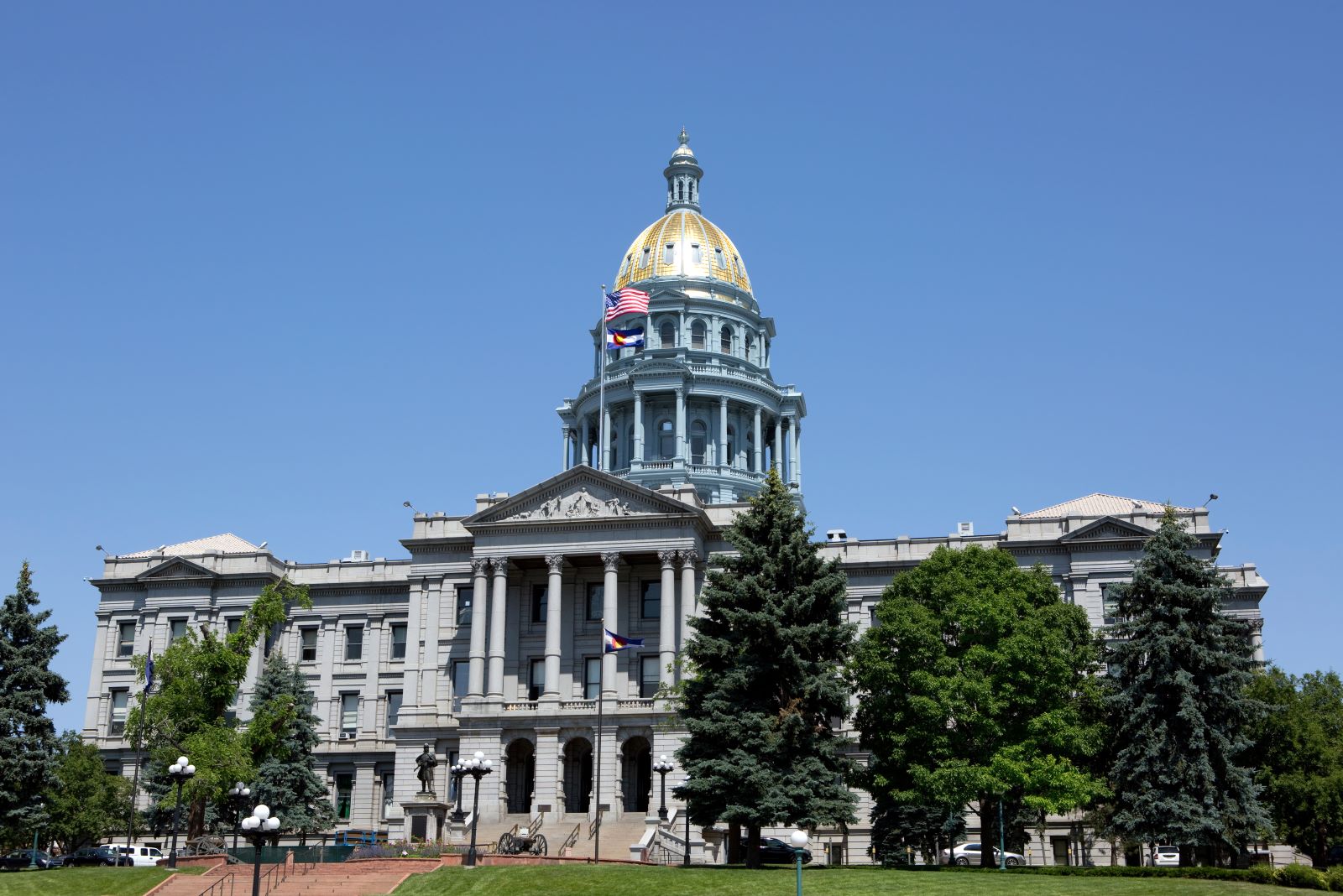
Colorado combines its natural beauty with a strong environmental ethic. The state has set ambitious goals to reduce greenhouse gas emissions and increase renewable energy adoption.
10. Hawaii
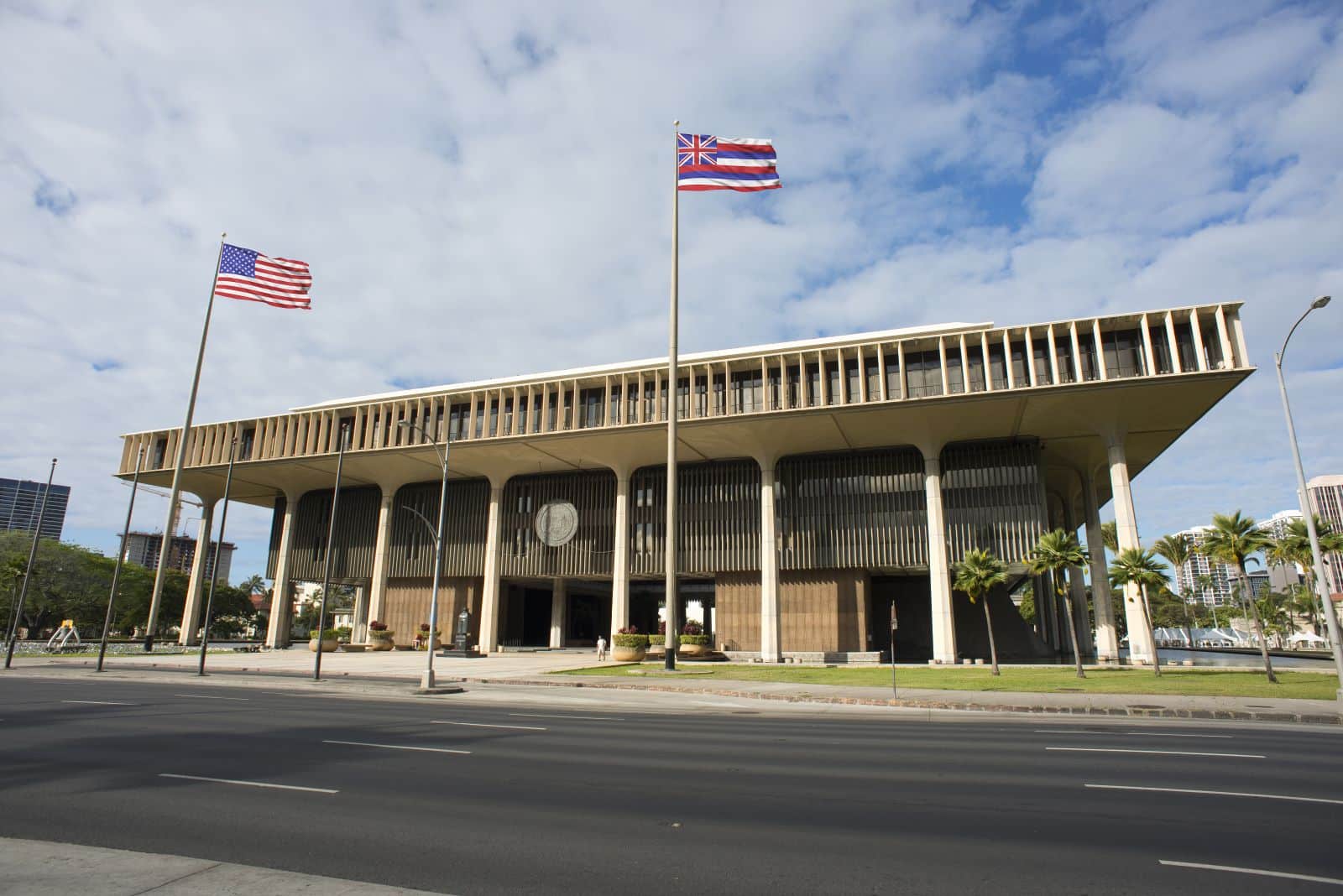
Hawaii was the first state to commit legally to generating 100% of its electricity from renewable sources by 2045. Its isolation lends urgency and commitment to its sustainability goals.
10 States Lagging in Environmental Sustainability
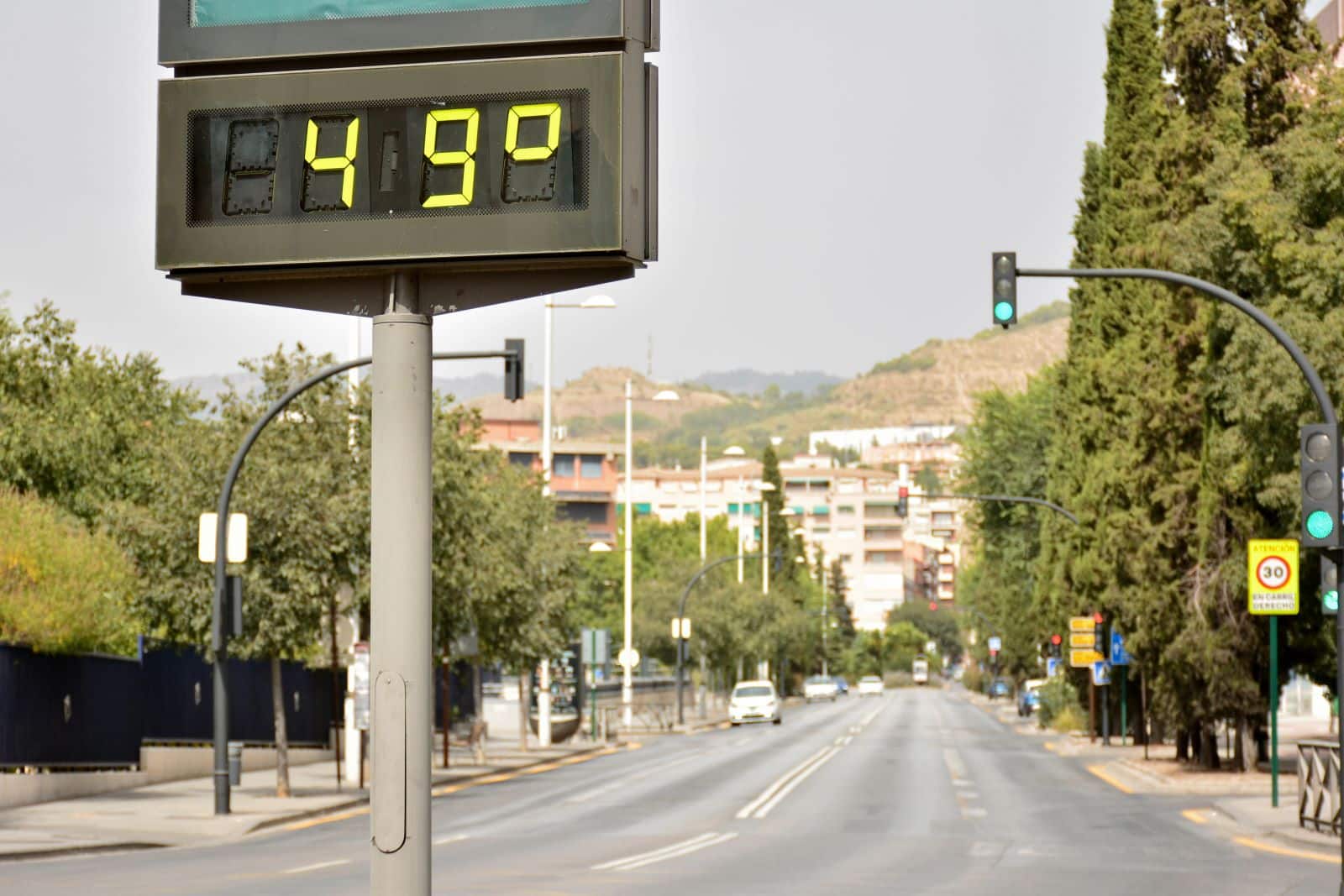
Not every state is progressing at the same pace towards environmental sustainability. Some lag behind due to a variety of factors, including economic dependence on fossil fuels and lack of legislative action.
1. West Virginia
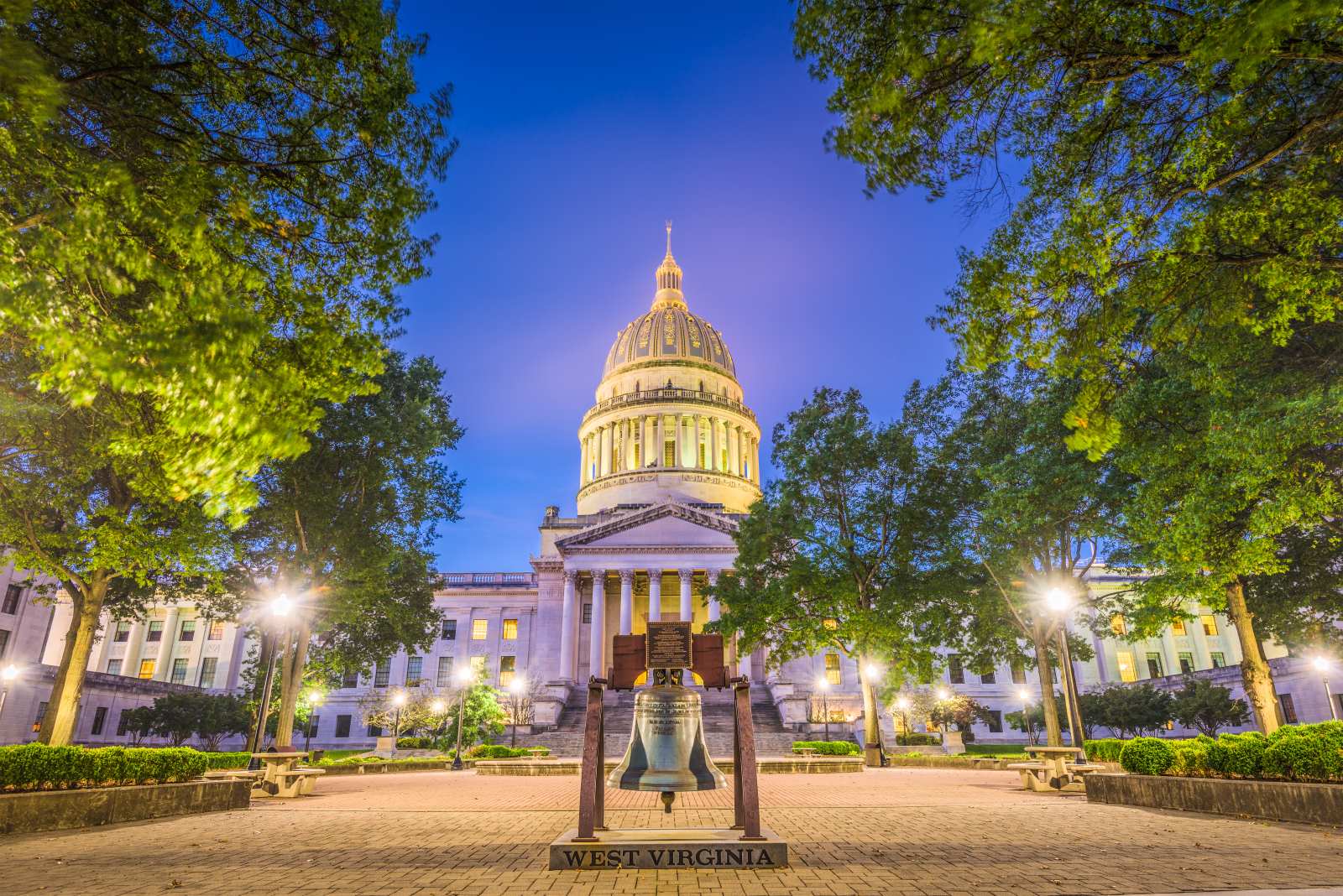
Heavily reliant on coal as a primary energy source, West Virginia has been slow to embrace renewable energy and continues to have one of the highest rates of carbon emissions per capita.
2. Wyoming

Wyoming, another state dependent on fossil fuels, faces significant challenges in transitioning to renewable energy due to its economic structure centered around oil and coal extraction.
3. Louisiana
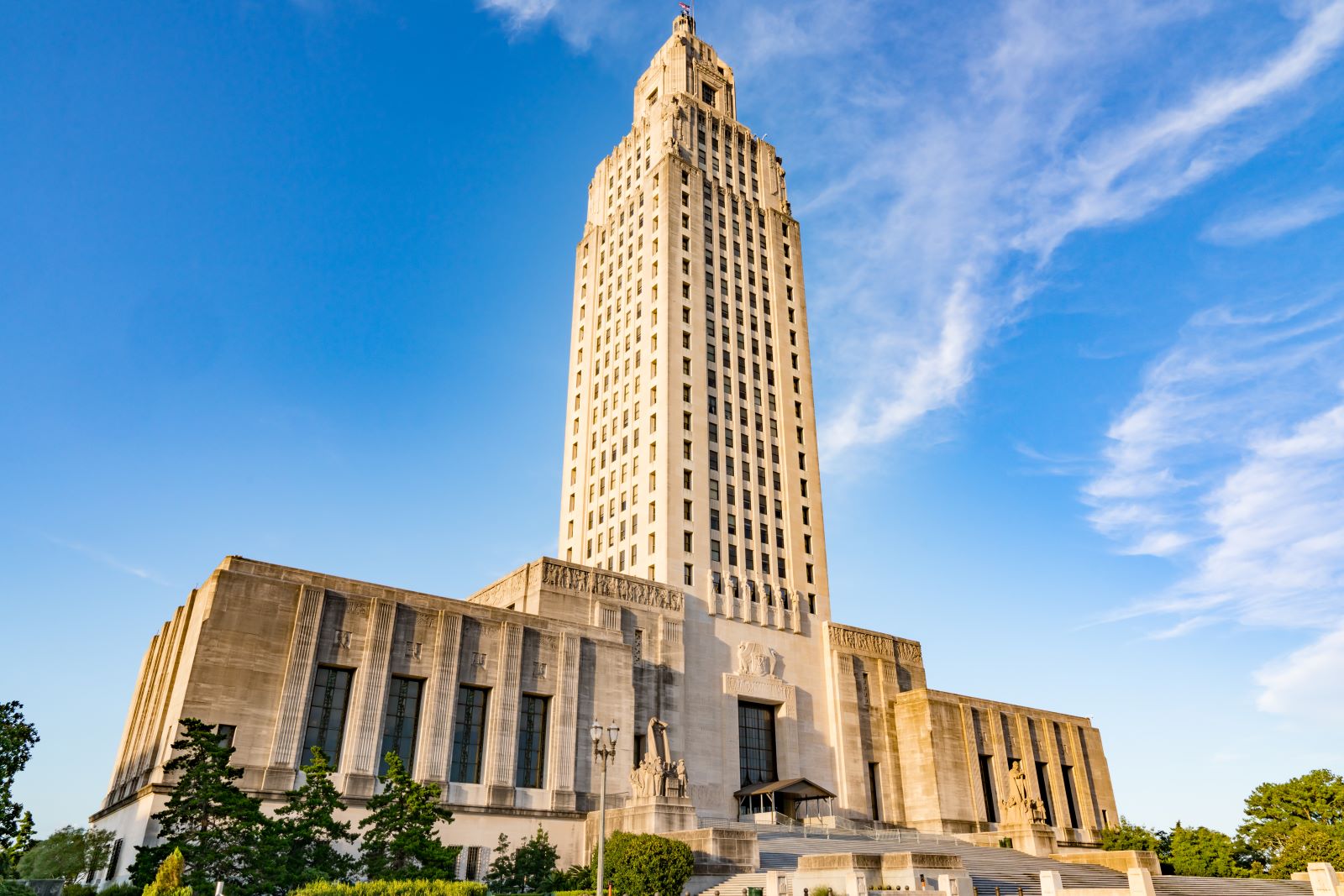
Louisiana’s environmental record is marred by industrial pollution and a slow uptake in renewable energy initiatives, despite being one of the most vulnerable states to climate change due to its coastal geography.
4. North Dakota

Home to extensive oil drilling operations, North Dakota has been criticized for prioritizing energy extraction over environmental protection, leading to significant ecological disturbances.
5. Alabama
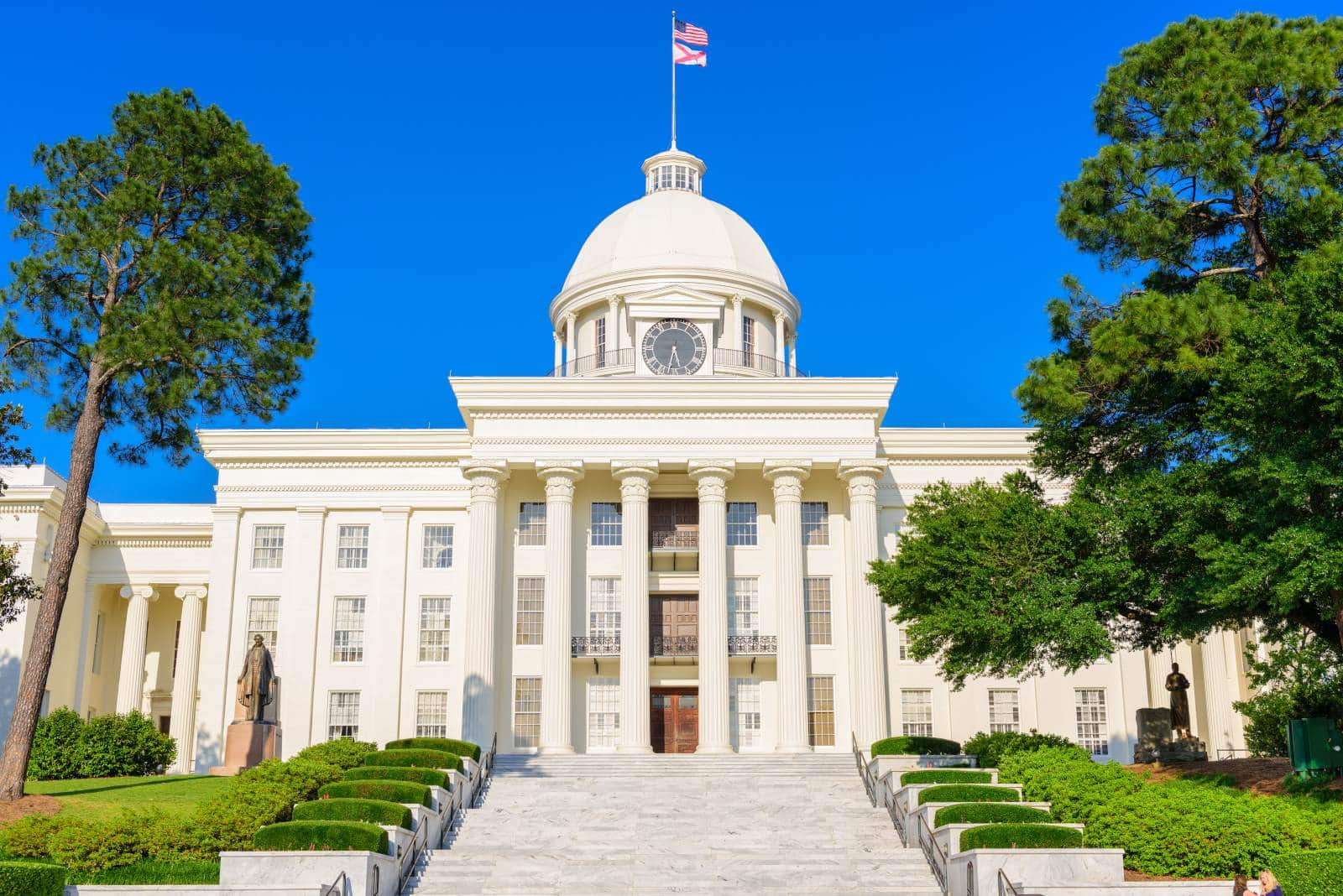
Alabama has made limited progress in sustainable energy policies and continues to have one of the lower rankings in national energy efficiency scores.
6. Mississippi

Mississippi lags in both renewable energy adoption and energy efficiency measures. Its policies have not significantly addressed the growing environmental concerns.
7. Oklahoma
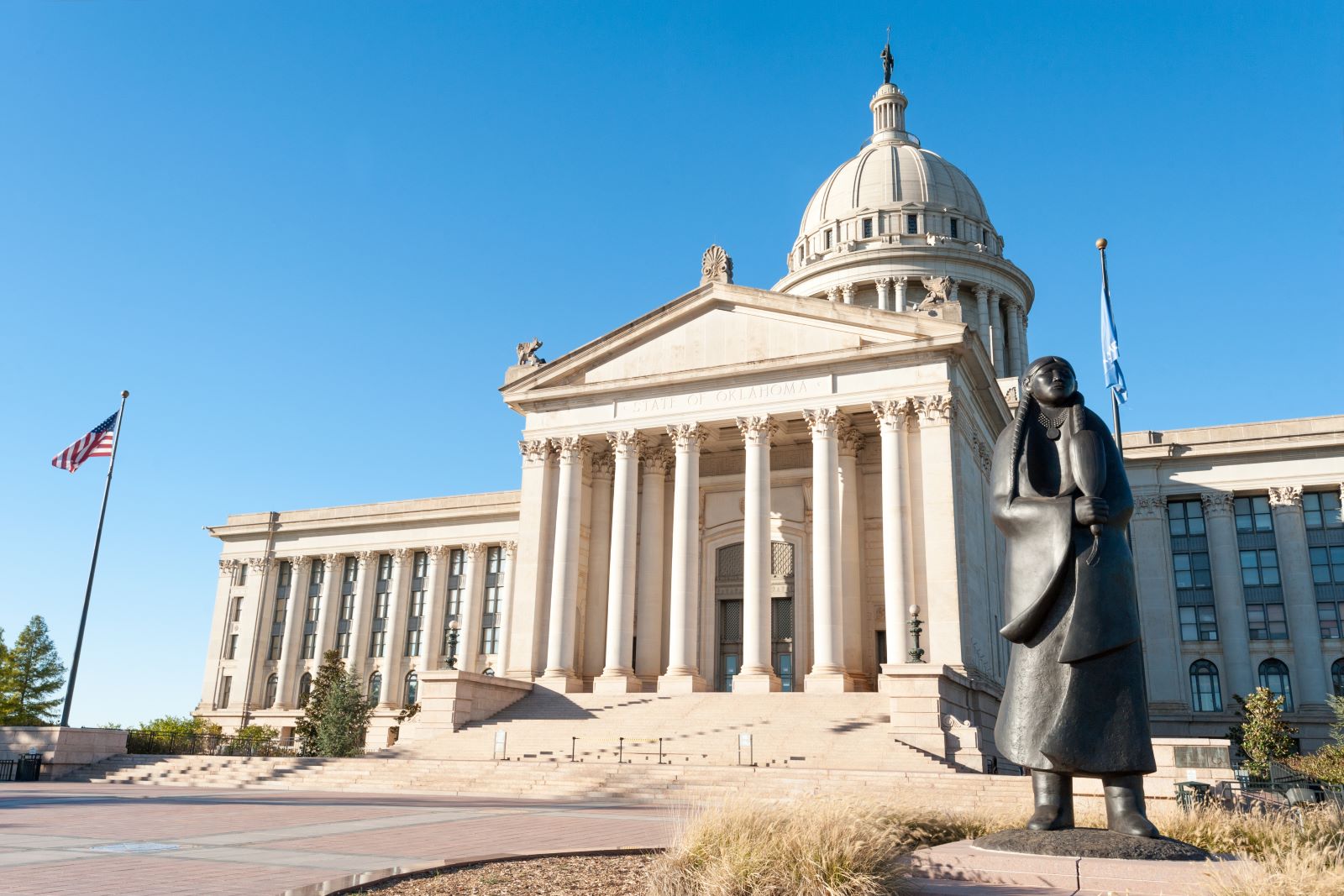
Despite its potential for wind energy, Oklahoma has been slow to reduce its reliance on fossil fuels, with state policies that favor oil and gas interests.
8. Arkansas

Arkansas’s environmental efforts are hampered by minimal investment in renewable energy resources and poor energy efficiency, placing it near the bottom of national environmental rankings.
9. Kentucky

Kentucky’s economy, heavily tied to coal, faces challenges in diversifying its energy sources. This reliance impacts its environmental policies and sustainability measures.
10. Alaska

While Alaska is rich in natural resources, it faces unique challenges due to its reliance on oil revenues. Efforts to shift towards more sustainable practices have been complicated by economic and geographical factors.
Green States, Grey States

As the U.S. strides into a future where sustainability is no longer optional but necessary, the contrast between states leading and lagging in environmental efforts becomes stark. These differences highlight the varied approaches to tackling climate change, underlining the importance of local action in the global effort to protect our planet.
The post 10 States Leading the Charge on Environmental Sustainability and the 10 Lagging Behind first appeared on Wealthy Living.
Featured Image Credit: Shutterstock / Ashish_wassup6730.
The content of this article is for informational purposes only and does not constitute or replace professional financial advice.
For transparency, this content was partly developed with AI assistance and carefully curated by an experienced editor to be informative and ensure accuracy.

